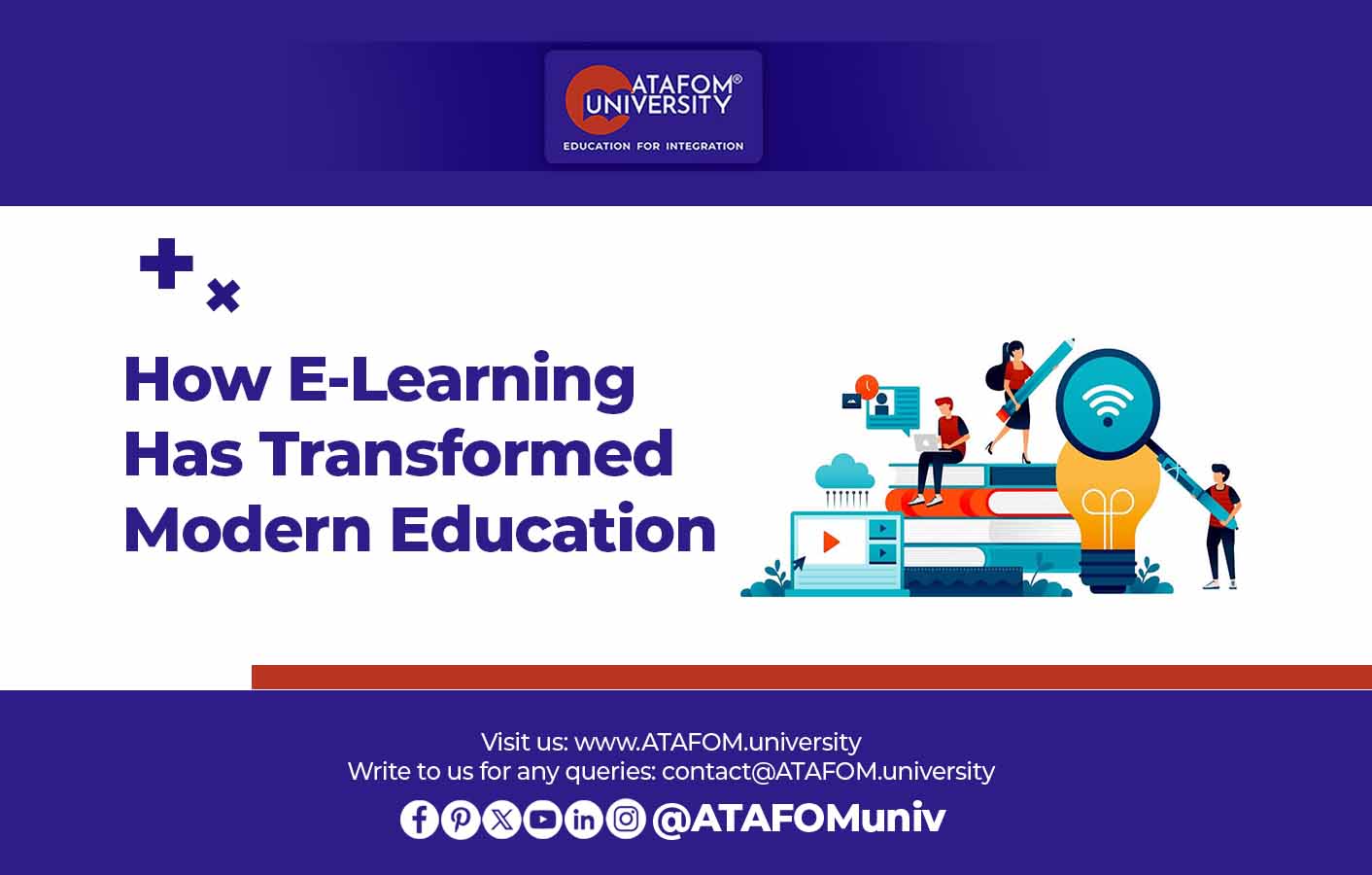Remember the days when education was confined to four classroom walls, dusty blackboards, and weighty textbooks? While traditional learning still holds its charm, the advent of e-learning has ushered in a profound transformation, reshaping the very fabric of modern education. No longer a niche alternative, e-learning has become a mainstream force, democratizing knowledge and offering unprecedented opportunities for learners worldwide.
So, how exactly has e-learning rewritten the rules of education? Let’s dive into the key ways this digital revolution has unfolded:
1. Unparalleled Accessibility and Flexibility
The most significant impact of e-learning is its ability to break down geographical and temporal barriers. Regardless of whether you’re located in a bustling city or a remote village, quality education is now within reach as long as you have an internet connection. This flexibility empowers individuals to learn anytime and anywhere, allowing students to access course materials, lectures, and assignments at their convenience. This is particularly beneficial for working professionals, single parents, and those with unique schedules, as it enables them to fit education around their other commitments. Furthermore, e-learning serves as a vital pathway for marginalized communities and individuals with disabilities, providing access to educational resources that were once out of reach, thereby helping to bridge the digital divide. Additionally, online platforms connect learners with instructors and experts from around the globe, offering diverse perspectives and specialized knowledge that may not be available locally.
2. Personalized Learning Experiences
Traditional classrooms often rely on a “one-size-fits-all” approach, which can leave some students struggling to keep pace while others feel unchallenged. In contrast, e-learning promotes personalization in several ways. First, it supports self-paced learning, allowing students to progress through material at their own speed, revisiting complex topics or accelerating through familiar ones. This flexibility caters to individual learning styles and paces, ultimately promoting deeper understanding and retention. Additionally, many e-learning platforms utilize AI and data analytics for adaptive learning, tailoring content and recommendations based on each student’s performance, strengths, and weaknesses. This individualized feedback enables learners to focus on areas that need improvement, leading to more efficient and effective learning experiences. Furthermore, e-learning expands beyond traditional texts by incorporating diverse multimedia resources such as videos, animations, interactive simulations, and gamified content, making the learning process more engaging and appealing to various learning preferences, whether visual, auditory, or kinesthetic.
3. Enhanced Engagement and Collaboration
Far from being isolating, modern e-learning actually fosters engagement and collaboration in dynamic ways. It utilizes interactive content such as quizzes, virtual labs, discussion forums, and real-time document sharing, making learning an active process that encourages critical thinking and problem-solving. Additionally, online platforms connect students from diverse backgrounds, facilitating virtual study groups, peer-to-peer learning, and cultural exchanges that prepare them for an interconnected world. The use of automated assessments and immediate feedback loops allows students to quickly identify and correct mistakes, which reinforces their learning and boosts their confidence.
4. Cost-Effectiveness and Sustainability
E-learning often offers a more economical and environmentally friendly alternative to traditional education methods. It significantly reduces costs by cutting down on expenses related to physical infrastructure, commuting, and printed textbooks, making education more accessible for many individuals. Additionally, e-learning has environmental benefits; by minimizing travel and paper consumption, it contributes to a smaller carbon footprint, aligning with global sustainability efforts.
5. Preparing for the Future Workforce
In an increasingly digital world, e-learning equips students with essential 21st-century skills. Among these, digital literacy stands out as a critical competency, enabling learners to navigate online platforms, utilize digital tools, and understand online etiquette. Additionally, the flexible nature of e-learning fosters self-discipline and time management, requiring strong self-motivation and organizational skills—attributes that are valuable in any professional setting. Furthermore, as technology continues to evolve, e-learning helps students develop adaptability, allowing them to become accustomed to new tools and learning methods. This adaptability is a vital skill in today’s dynamic job market.
The Road Ahead
While e-learning has undeniably revolutionized education, it’s not without its challenges. Issues like the digital divide (access to reliable internet and devices), the need for robust self-discipline, and ensuring the quality and integrity of online assessments are areas that continue to be addressed.
However, the trajectory is clear: e-learning is not just a temporary shift but a fundamental evolution. As technology continues to advance with innovations like AI-powered tutors, virtual and augmented reality, and personalized microlearning modules, the future of education promises to be even more immersive, accessible, and tailored to the individual needs of every learner. The digital classroom is here to stay, and its transformative power will continue to shape how we learn, grow, and prepare for the world of tomorrow.


